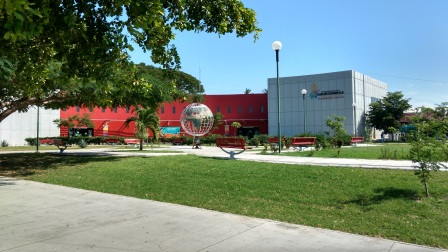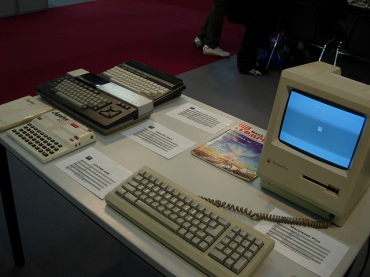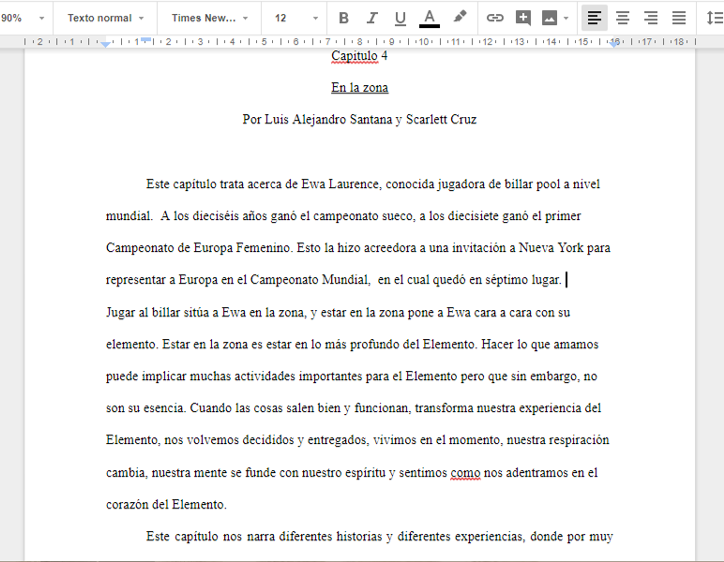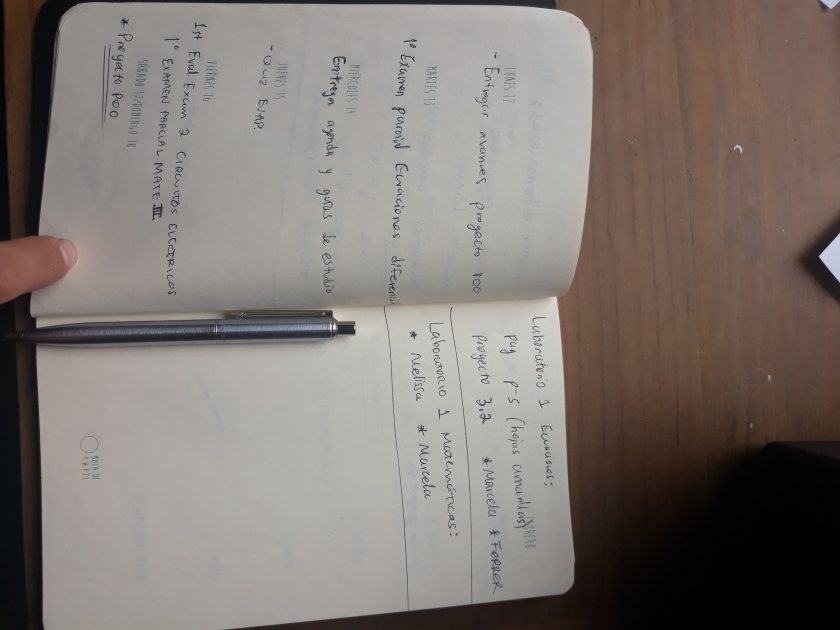--Originally published at Newbie Programmer
To solve big problems its not that difficult, because is the same way as the small problems, everything we learned is very helpful, the trick is that we need to look at the big problem and divide this in individual problems that are easier to do (divide and conquer), and we can use the things learned from writing good software.
We already know how to encapsulate to make the application flexible and easier for the changes, the use of requirements that is what my system is supposed to do, then is easy to combine the solution for the individual problems, and the analysis give us a context of what we need to do to supply the real world problems of each part of the big problem.
That’s a summary of what we learned, but now we need to solve the big problem, a good starting point is to make the requirements and the implementation of use cases, we can figure out what the system is suppose to do, and to add to the list the things to do, but we need more information, and how we can have more information about the problem.
To have more information is important to know how the system is like and not like, to help us to know what we need to worry about, to find out more information its important to talk to our customers, and we figure out we need features.
The features are a high-level description of the things that the system needs to do, from one feature you need to create requirements to satisfy this feature, this help you to know a great way to start in big projects.
The use cases and features are good explaining the problem, but we need a big picture view, because a picture is Continue reading "CHAPTER 6 – SOLVING REALLY BIG PROBLEMS"








